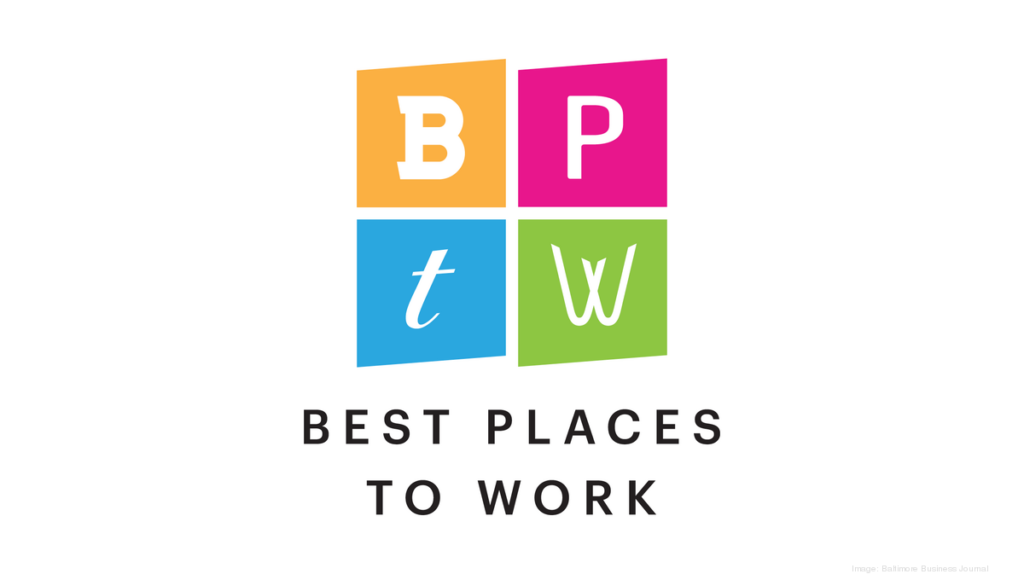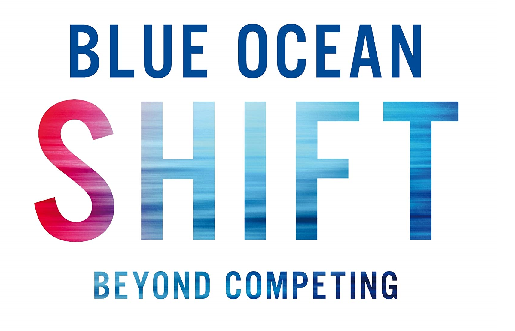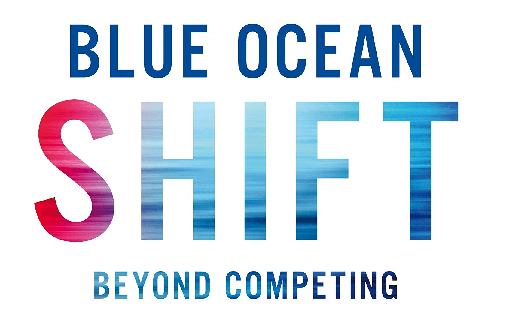2021 Best Places to Work: Intertech racks up 15th BPTW award

Intertech landed on the Minneapolis Saint Paul Business Journal’s Best Places to Work for 2021. My thanks to our customers and employees for making us possible. Below is an excerpt from the article.
Intertech Inc., a 15-time Best Places to Work honoree, offers employees a sabbatical program, a flexible work-from-home policy, a signing bonus, and bonuses for referring employees and customers.For more about why this company is a BPTW, we asked CEO Tom Salonek:
What new policies or benefits did you introduce because of the pandemic that you will make or have made permanent? For over a decade, we’ve had a flexible work-from-home policy. With the pandemic, it was a simple transition to have employees work 100% from home. As we look at a return to work this fall, we expect a healthy amount of employees will continue to spend some or all of their time working from home.
What are some popular benefits you offer? Our sabbatical, where employees get three months off for every seven years of service, is very popular. We also offer a signing bonus for employees to outfit their home office, so they are as effective at home as at work.
How have you maintained your award-winning workplace culture this past year, especially if you have been primarily working remotely? Between our weekly newsletter, monthly all-company meetings and daily standups, we’ve worked to stay connected while apart.
Did the pandemic change your definition of what makes a great workplace? Going into the pandemic, we gave people autonomy, flexible work from home policy, and work-life balance. Those continue to be important in making a workplace great.
Why should your employees consider your organization a Best Place to Work? Intertech hires one out of every 20 technical candidates, and technical staff appreciates working with the best on challenging projects.
Intertech Inc.
Category: Small
Rank: 16
Score: 93.0488
Repeat wins: 15-time winner
Top Minnesota executive: Tom Salonek
Minnesota employees: 48
Business: Software consulting and training firm
City: Eagan
Web: intertech.com
What is your company culture in a #hashtag? #AttitudeCommitmentExcellence


